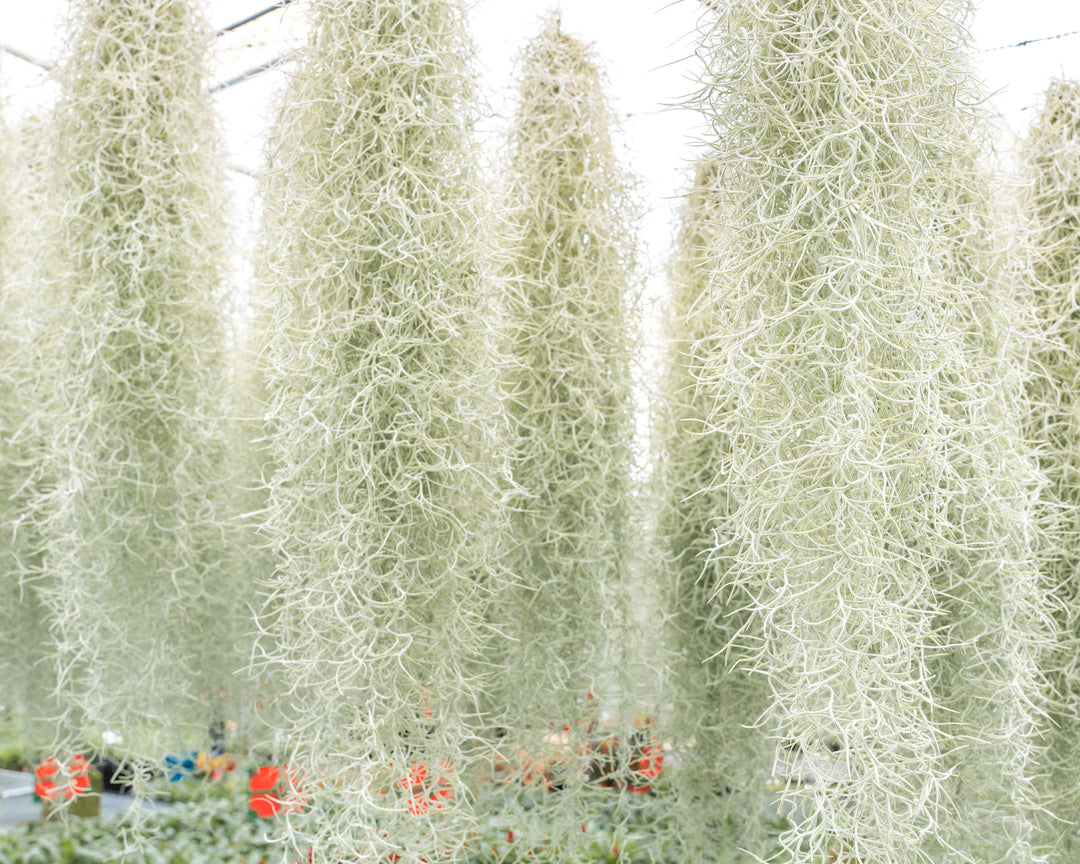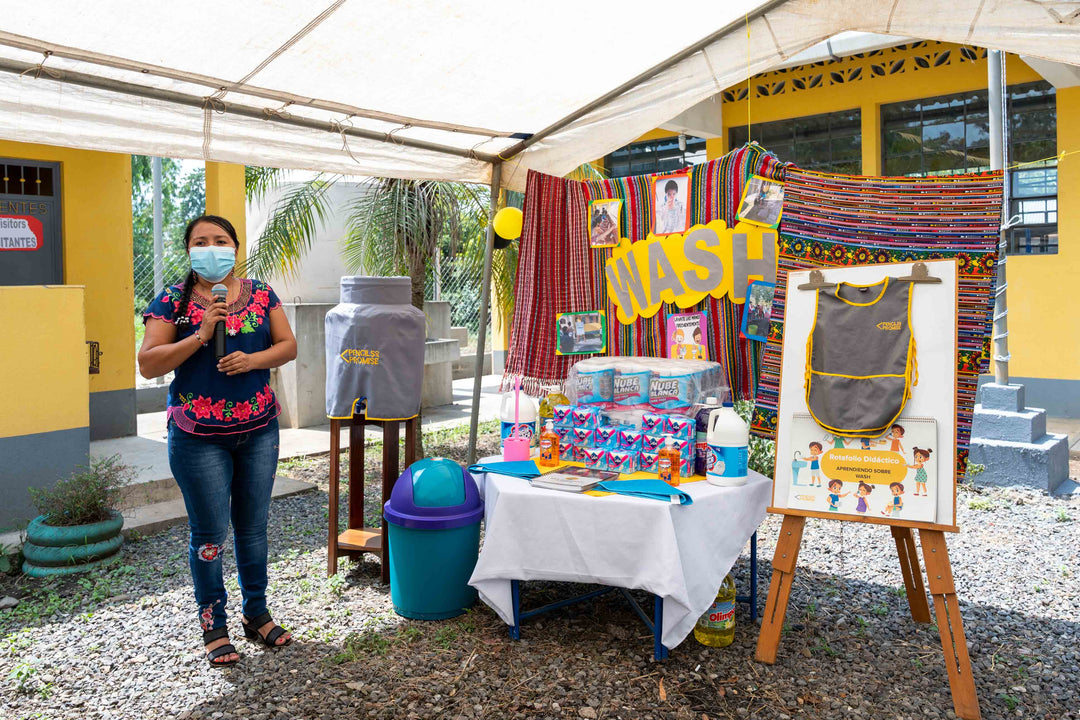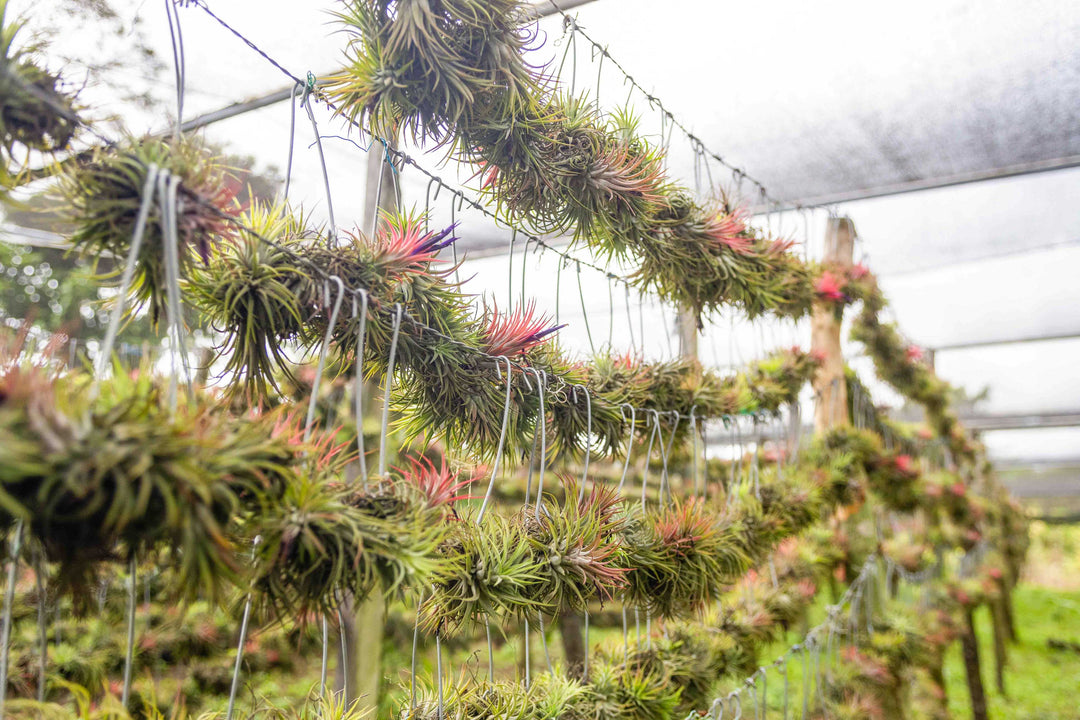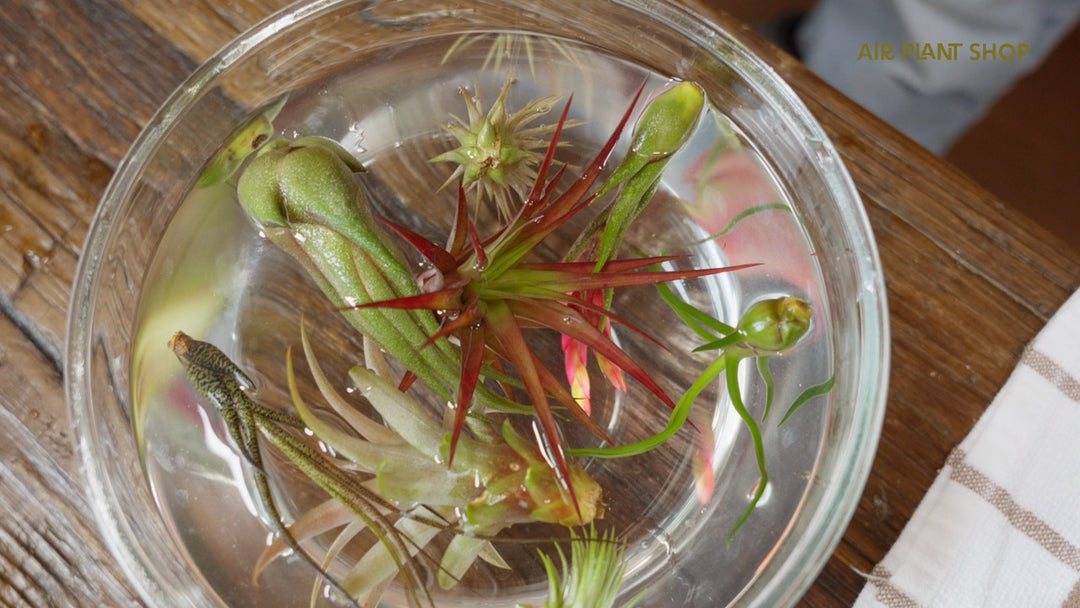
What's Killing Your Air Plants? Common Mistakes and How to Fix Them
Air plants (Tillandsia) are fascinating and low-maintenance plants, but they aren’t indestructible! Whether you’re an air plant enthusiast or just starting your journey, it’s essential to recognize the signs that your air plant might be struggling. Let’s dive into some common mistakes people make and how to prevent them from killing your beloved green companions.
1. Over & Under Watering: Striking the Perfect Balance

Watering air plants can be tricky, and too much or too little can lead to disaster. A good practice is to soak your air plant in water for 20-30 minutes, shake off any excess water, and let it dry for a few hours before placing it back in its container. Visit our Air Plant Care page for more details on all thing air plant care! You’ll know your plant is hydrated when its leaves are open and flat, not curled or wrinkled. Adjust your watering schedule based on how your plant looks a day after soaking—if the leaves are still curled, it may need more water.
Be especially cautious of over-watering, as this can cause rot, particularly if the plant isn’t allowed to dry out completely. Avoid misting air plants inside terrariums or tight enclosures, as moisture can get trapped and lead to rot.
Pro tip: Keep an eye on larger species like Xerographica, which show dramatic changes in leaf curl depending on their hydration. Smaller species like Ionantha may require a closer look, but the same rules apply.
2. Water Quality Matters: Avoid Salts and Chlorine
Water softener salts might make our skin feel soft, but they can spell doom for air plants. Over time, these salts build up on the leaves and suffocate the plant, preventing it from absorbing nutrients. To avoid this, try to use rainwater or bottled water if you’re unsure about your tap water quality. Similarly, chlorine found in some municipal water sources can harm your air plants, so opt for filtered water with minerals added back if needed (Air plants need the minerals in water because that's how they get their food). But don't overthink it! Our general rule of thumb is if you are fine to drink the water, then so will your air plant babies.
3. Sunlight: Friend or Foe?
Air plants need bright, indirect light to thrive, but too much direct sunlight can dry them out or even burn their leaves. Be careful about placing your air plants near windows that get intense sun, and never leave them in glass enclosures exposed to direct sunlight—glass can act like a magnifying lens, intensifying the heat and causing burns.
If you wouldn’t sit near a hot window for hours, your air plant won’t want to either. Most air plants prefer temperatures between 55-85°F, but some species like Xerographica and Stricta can handle more intense light and heat as long as they’re properly hydrated. Just remember: warmer and drier environments mean more frequent watering.
Learn more about Xerographica: Air Plant Spotlight: Tillandsia Xerographica
Learn more about Stricta: Air Plant Spotlight: Tillandsia Stricta
4. Understanding the Life Cycle: It’s All Part of the Process

Air plants have a unique life cycle that includes growth, blooming, and reproduction. After blooming, many air plants will produce pups, or baby plants, which can be divided or left to clump naturally. Don’t panic if your mother plant starts to wither after blooming—this is a natural part of its life cycle! As the mother plant fades and the pups grow, you can support their development with our Ready-To-Use Fertilizer Spray, giving them a boost of essential nutrients to help continue the cycle and thrive.
For more tips on dividing air plant pups, check out our blog post on "How to Divide Air Plant Pups".
To learn more about Tillandsia life cycle, read our blog on "How Do Air Plants Multiply? A-Sexual vs. Sexual Reproduction".
Mastering Air Plant Care
Understanding your air plant’s needs is the key to keeping it alive and thriving! Remember, consistency is key—regular watering, the right lighting conditions, and avoiding harmful water sources will go a long way.
If you’re looking for more in-depth care information, be sure to download our free Air Plant Care e-book. Plus, don’t forget to explore other helpful blogs and our YouTube channel for videos on air plant care, dividing pups, and creating beautiful displays with these amazing plants!








I truly enjoy all of your helpful tips; I think I have a new obsession. I would love to work for your shop when I retire or one like yours. Thank you for your love and care of your air plants.
This information has been very helpful. I have probably invested about 1000.00 in Air Plants since May of this year. Prior to that I never heard of them. I think I have fallen in love with them. They are the most beautiful and unique things I have come to know about.
Thank you for your information, Georgia Crane
Leave a comment